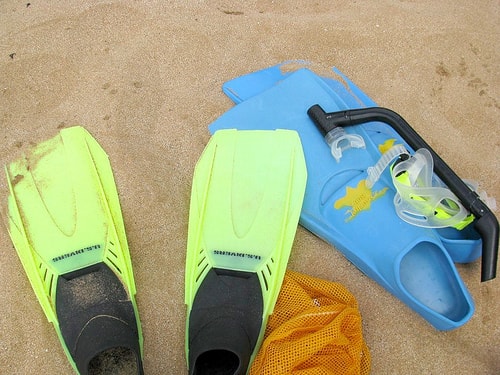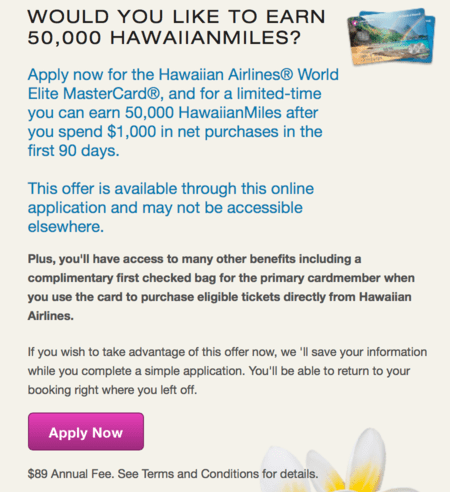Some big changes are taking place with the American Express Platinum card, perhaps most importantly an annual fee increase to $550 and a new annual $200 Uber credit.
First the foremost, the $450 annual fee we’ve all come to know and love is being increased by $100 from $450 to $550. This makes it $100 more expensive than rival Chase Sapphire Reserve, which offers similar features.
Amex Platinum Changes Take Place March 30th
The new annual fee will be imposed on new card applicants as of March 30th, with existing card members paying the increased rate on their next annual renewal rate that falls on or after September 1st, 2017.
This applies to the following Amex Platinum cards:
• The Platinum Card from American Express
• The Platinum Card from American Express for Ameriprise
• The Platinum Card from American Express for Charles Schwab
• The Platinum Card from American Express for Goldman Sachs
• The Platinum Card from American Express for Mercedes-Benz
• The Platinum Card from American Express for Morgan Stanley
For the record, the Mercedes version currently charges $475, so it’s unclear if that annual fee is going to be bumped up to $575 or $550.
Also notice that the Amex Biz Platinum isn’t listed here…so it should remain at $450 per year.
Clearly this a blow to those accustomed to paying the $450 annual fee, but there is a silver lining, assuming you didn’t #DeleteUber.
$200 Annual Uber Credit with New Amex Platinum
While the steep annual fee isn’t good news, the $100 increase can more than be offset by the new $200 annual Uber credit tied to the card.
Yep, Platinum cardholders will soon get $200 each year to apply toward Uber rides within the United States, broken down on a monthly basis (which is somewhat annoying).
Put simply, American Express will add $15 in Uber credit to your account each month and $35 in December, for some reason, to round it out at an even $200 over a 12-month period.
In other words, you can take a couple short rides around town each month for free, or potentially use the credit to get some free or discounted UberEATS meals, assuming the purchase qualifies.
The caveat is that you have to add your Amex Platinum as a payment method in the Uber app, though it’s unclear if you actually have to use it for payment.
You also get automatic Uber VIP status, which typically requires a combination of 10 rides and/or UberEATS meals a month to kick in.
With Uber VIP status, you get the highest-rated drivers and the best cars, apparently, along with advance access to Uber promos. In short, you might get a better car and driver.
In any case, if you’re an active user of Uber, your Amex Platinum just got $100 cheaper, and is effectively $350 per year. If you don’t use Uber, you might as well start, or consider ditching the card if $550 isn’t returning the necessary value each year.
Free Gold Cards and 5X on Hotels
Aside from the Uber credit, American Express is also offering Gold Cards free of charge for authorized users. These used to cost $45 for up to five additional cards. Still kind of random to let others have a different card than what the primary cardholder has, but we digress.
The new iteration of Amex Platinum will also offer 5X on hotel purchases made via amextravel.com, which flanks the newish benefit of 5X on airfare booked directly with airlines or with American Express Travel.
The question is whether the price on the Amex site makes sense to forego possible discounts and promo codes…you’ll have to see case-by-case.
Amex also notes that you’ll get access to its “expanding Global Lounge Collection,” which includes two new Centurion Lounge locations in Hong Kong and Philadelphia that will open later this year. In total, you get access to about 1,000 lounges in 120 countries worldwide.
There’s also a new Global Dining Collection, a better mobile app, and they say cardholders will get access to more global events, if that’s your thing.
Oh, and did we mention that the card is going to be metal…how novel. You can get the metal version by requesting it on March 30th, or simply wait 60 days prior to your current lousy old plastic card’s expiration date.
How to Get Your $550 Back from Amex Platinum
At this point, you might be wondering how you’re going to get your $550 back from this damn card. That’s not cheap by any stretch.
Well, let’s break it down to see if we can make this card close to free, or at least reasonable.
First, you kind of need to use Uber. What sucks about this new feature is how specific it is. It would have been way better if it was for general ride sharing, or local ground transportation, etc.
Instead, you’re confined to Uber, a company not everyone is in love with at the moment. In short, it means Lyft won’t get you anywhere.
You still get your $200 annual airline fee credit, which can be used for incidentals, but is often used for airline gift cards (assuming it works).
Those two features certainly knock down the $550 fee, but still leave you paying a bit of money each year unless you take advantage of the more obscure benefits.
What’s very clear is that this is American Express’s answer to the widely popular Chase Sapphire Reserve card. Let’s see how the two stack up.
Amex Platinum vs. Chase Sapphire Reserve
| Card name | Amex Platinum | Chase Sapphire |
| Annual fee | $550 | $450 |
| Travel credit | $200 airline incidentals | $300 ALL travel (including Uber, Lyft) and hotels |
| Uber credit | $200 | n/a |
| Global Entry credit | $100 or $85 for TSA Pre | $100 for either |
| Lounge access | Many programs including proprietary Amex lounges | Priority Pass Select |
| Foreign transaction fees | None, but Amex not accepted everywhere | None and it’s a Visa |
| Bonus categories | 5X on Amex hotels and airfare booked directly or via Amex | 3X on ALL travel and at ALL restaurants worldwide |
| Authorized user | $175 for up to 3 additional cards | $75 per card |
| Redemption options | Only good for airline transfers | Good for airline transfers and cash value |
| Card material | Metal | Metal |
|
Net annual cost |
$150 | $150 |
If we ignore all the random perks and authorized user stuff, both cards have a net cost of $150. The big difference, and this is very important, is that the Chase Sapphire Reserve has a lot more flexibility when it comes to getting that $450 annual fee back.
For example, you can use Uber, Lyft, book hotels from any website, book airfare from any website, and generally do all types of stuff to get the $300 travel credit.
With Amex Platinum, you have to designate one airline and use it for incidentals (or gift cards), and you’re stuck with Uber and only Uber for your Uber credit.
The only real upside to Amex Platinum is that the lounge collection is much better and you can earn 5X on air and hotels, but only via select channels.
Seeing that Visa is much more widely accepted worldwide, the CSR is probably the winner here, especially if you travel worldwide and want to avoid foreign transaction fees.
Of course, both offer great sign-up bonuses and can be well utilized for a year or so before canceling to avoid the subsequent annual fee.
However, keeping the CSR year after year is pretty compelling because it’s so easy to get the $300 in credits each year.
(photo: Raido)








